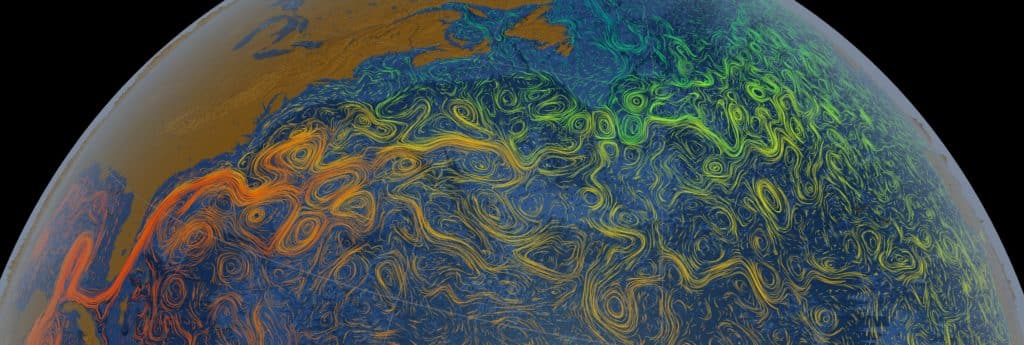
Oceans In Motion
The world’s oceans are in constant motion, and this series of maps published by the NASA/Goddard Space Flight Center Scientific Visualization Studio helps provide us with a nice illustration of this movement.
The maps, which were created at various times in past years, show the many warm and cold ocean currents responsible for transporting water across long distances throughout the world’s oceans.
In addition to the ocean currents, you can also see swirly features, known as ocean eddies, on the maps. An ocean eddy is formed when currents sometimes pinch off into sections, creating the circular current. Sometimes significant eddies are given names, according to NOAA.
Here are a few selected images of ocean currents around the world.
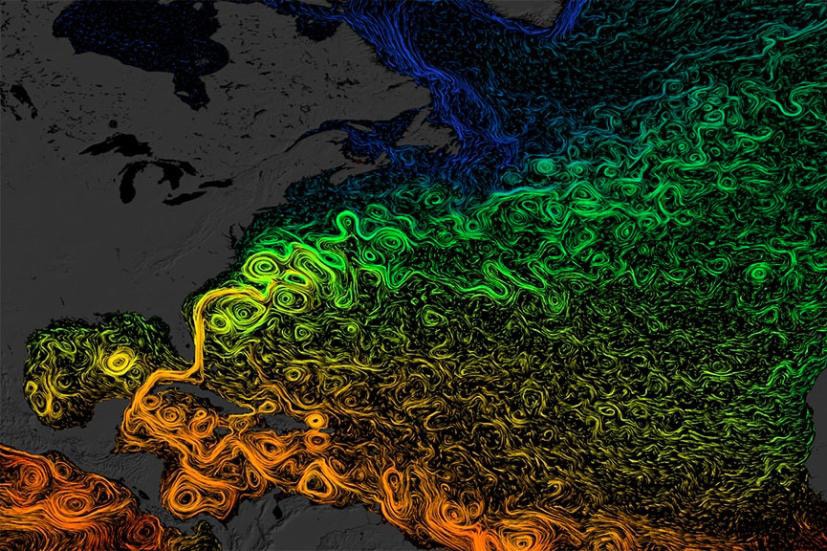
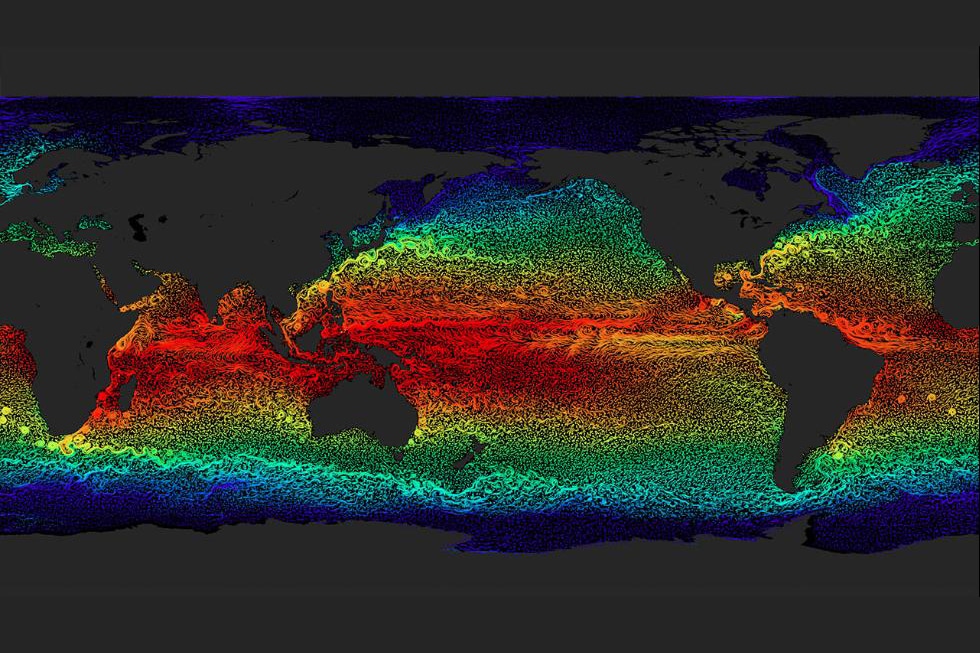
Gulf Stream Modeling
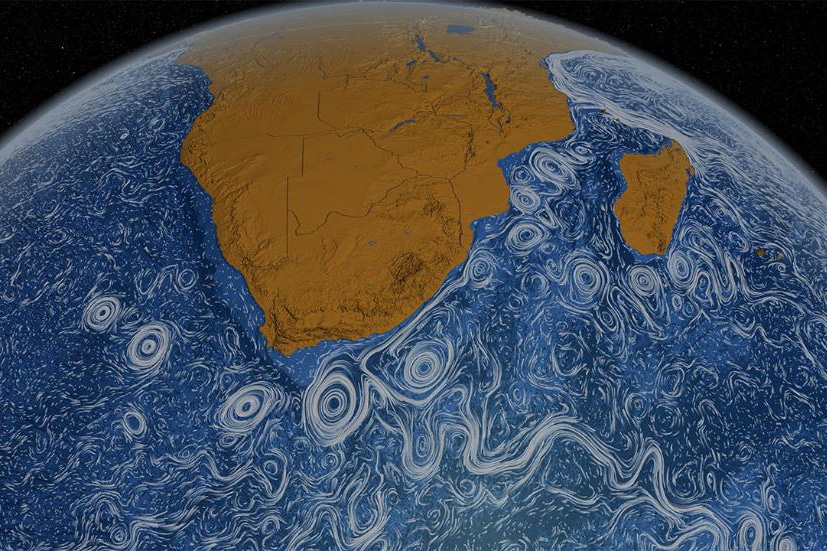
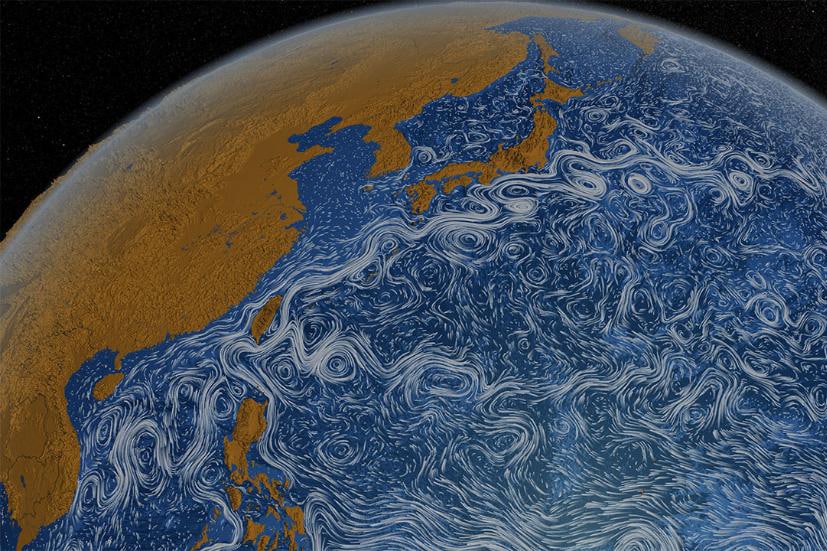
For more information on ocean currents and to see more visualization models, visit the nasa website here.








